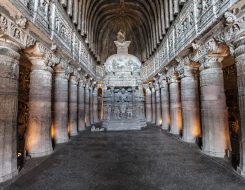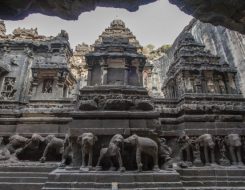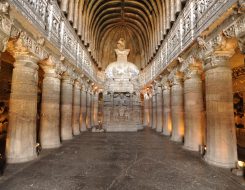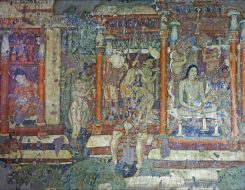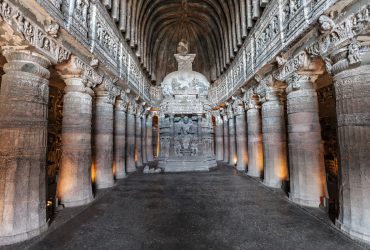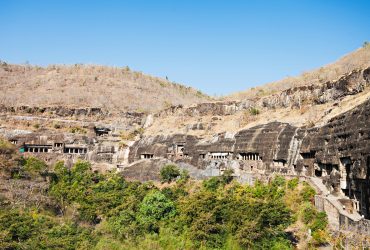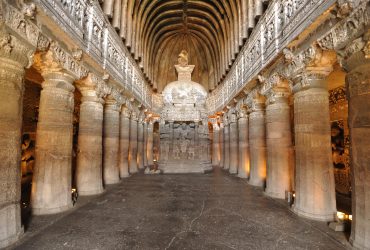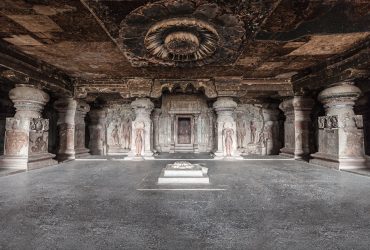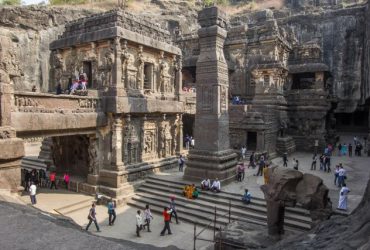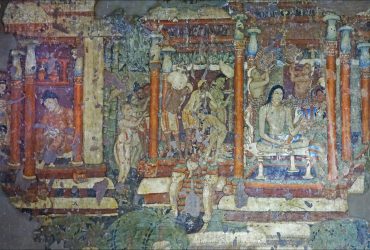Aurangabad in state of Maharashtra in west of India is famous for Indian rock-cut architecture. The city got its name for being the erstwhile capital of Mughal Emperor Aurangzeb in the 17th century AD. Aurangabad is the base town to visit famous caves of Ajanta and Ellora, and Bibi-Ka-Maqbara famous for its architecture.
Ajanta Caves in Aurangabad are 29 rock-cut Buddhist cave monuments which date from the 2nd century BC to about 480 AD and is a UNESCO World Heritage Site. Around 105 kms from Aurangabad city , Ajanta caves constitute ancient monasteries and worship-halls of different Buddhist traditions. The walls of all the caves are beautifully painted and sculptured by Buddhist monks and portray various stories and tales related to Buddhism.
Ellora Caves is a group of 34 caves and is the largest rock-cut monastery-temple cave complexes in the world. A UNESCO World Heritage Site, the walls of Ellora Caves have paintings and sculptures depicting Hinduism , Jainism and Buddhism. Ellora Caves, 30 kms from Aurangabad, were built close to one another and demonstrate the religious harmony that existed in ancient India.
Bibi-Ka -Makbra , the only architectural remain of Mughal architecture in this part of the country, is a mausoleum dedicated to Rabia-ul-Daurani, wife of Mughal Emperor Aurangzeb. Masuolelum was designed by Persian architect and has a structure similar to that of the Taj Mahal,


